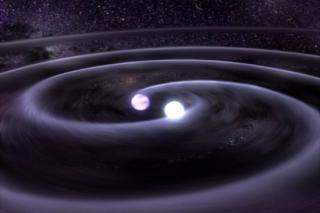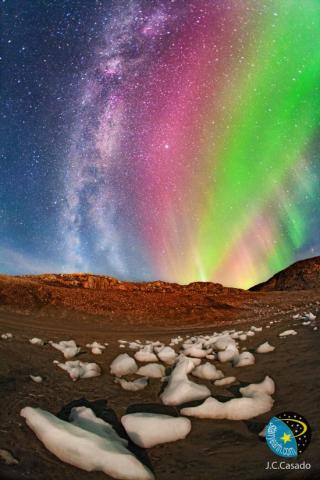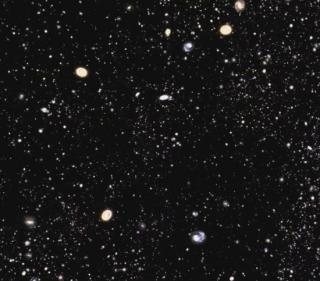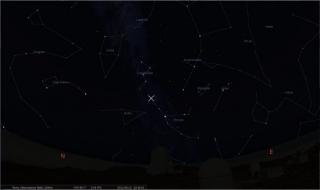This section includes scientific and technological news from the IAC and its Observatories, as well as press releases on scientific and technological results, astronomical events, educational projects, outreach activities and institutional events.
-
-
 Un equipo internacional, en el que ha participado el IAC, ha descubierto que las enanas blancas del sistema binario J0651 orbitan cada vez más rápido, tal y como predice la teoría de la relatividad general de Einstein, al perder energía por emitir ondas gravitacionales.Advertised on
Un equipo internacional, en el que ha participado el IAC, ha descubierto que las enanas blancas del sistema binario J0651 orbitan cada vez más rápido, tal y como predice la teoría de la relatividad general de Einstein, al perder energía por emitir ondas gravitacionales.Advertised on -
 El investigador del IAC Miquel Serra-Ricart coordinará la expedición que observará elfenómeno de las auroras boreales desde el Sur de Groenlandia del 20 al 29 de agostoAdvertised on
El investigador del IAC Miquel Serra-Ricart coordinará la expedición que observará elfenómeno de las auroras boreales desde el Sur de Groenlandia del 20 al 29 de agostoAdvertised on -
 La colaboración SDSS-III, con la participación del IAC, publica el mayor mapa tridimensional del universo. Accesible a todo el mundo por Internet, contiene información sobre cientos de miles de galaxias distantes y contribuirá a saber más sobre las misteriosas materia y energía oscura.Advertised on
La colaboración SDSS-III, con la participación del IAC, publica el mayor mapa tridimensional del universo. Accesible a todo el mundo por Internet, contiene información sobre cientos de miles de galaxias distantes y contribuirá a saber más sobre las misteriosas materia y energía oscura.Advertised on -
 Este año, la lluvia de estrellas tendrá su máximo de actividad durante el día, pero podrá observarse con menor intensidad en las noches del sábado 11 y domingo 12 de agostoAdvertised on
Este año, la lluvia de estrellas tendrá su máximo de actividad durante el día, pero podrá observarse con menor intensidad en las noches del sábado 11 y domingo 12 de agostoAdvertised on -
Este investigador del Instituto de Astrofísica de Canarias (IAC) ha logrado unir en su carrera dos grandes intereses vitales: su curiosidad por la historia del mundo antiguo y por la astronomía. En el Instituto lidera el grupo de investigación de arqueoastronomía, que trata de determinar la importancia de la astronomía como parte integrante de la cultura y de la civilización a lo largo de la historia.Advertised on